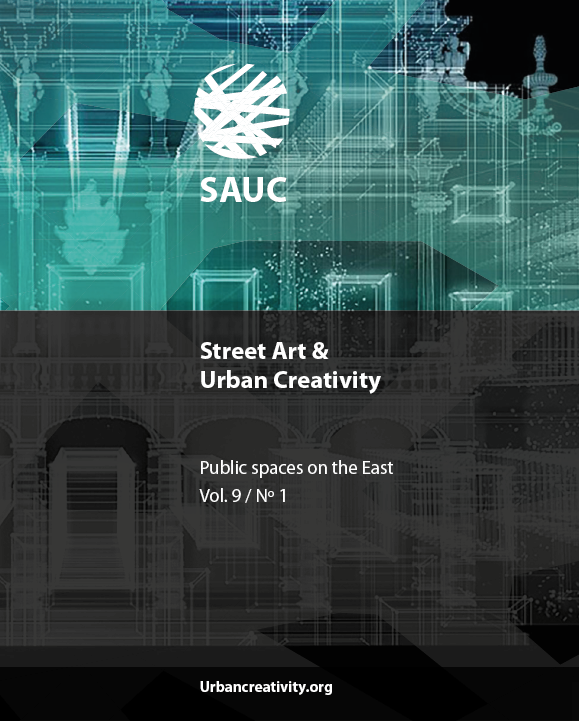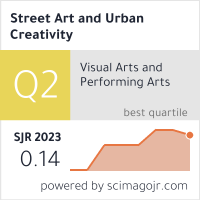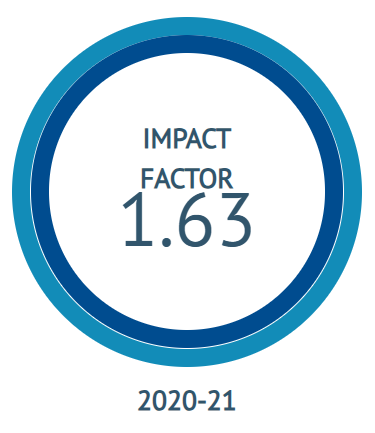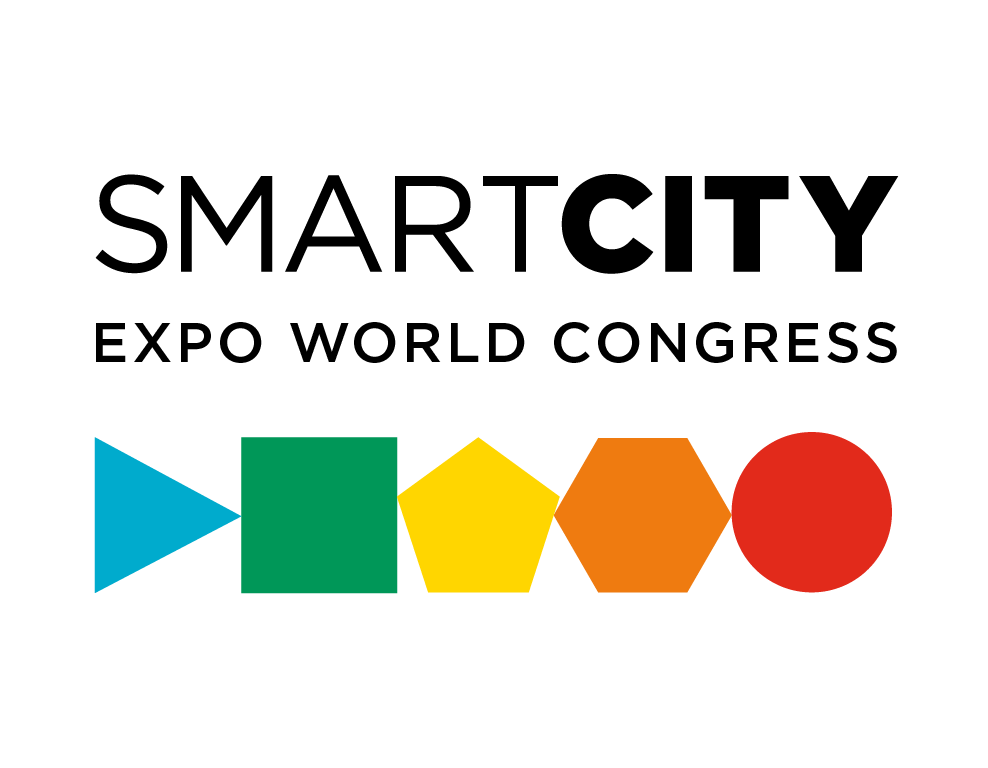Participatory Design in Interior Architecture
A Proposal for the Factors of Adaptive Reuse with User Participation
DOI:
https://doi.org/10.25765/sauc.v9i1.626Resumen
Nowadays, we are facing a huge number of old buildings which are abandoned or become demolished due to a change in their function or loss of resistance. Meanwhile, adaptive reuse offers sustainable strategies in which by spending less energy and money, not only is it possible to use the capacity of the building, but also, in heritage cases, it increases attention to the values of the building and has cultural and social effects. In addition, the participatory design approach can assist the designer in improving efficiency by engaging the user in different stages of the design process. In this paper, the specified process in adaptive reuse, and participatory design in the building environment are studied by referring to the library sources. We identified how the user engages in design planning with the descriptive-analytical method
Descargas
Estadísticas globales ℹ️
|
297
Visualizaciones
|
129
Descargas
|
|
426
Total
|
|
Descargas
Publicado
Cómo citar
Número
Sección
Licencia
Los autores/as que publiquen en esta revista aceptan las siguientes condiciones:
- Los autores/as conservan los derechos de autor.
- Los autores/as ceden a la revista el derecho de la primera publicación. La revista también posee los derechos de edición.
- Todos los contenidos publicados se regulan mediante una Licencia Atribución/Reconocimiento-SinDerivados 4.0 Internacional. Acceda a la versión informativa y texto legal de la licencia. En virtud de ello, se permite a terceros utilizar lo publicado siempre que mencionen la autoría del trabajo y a la primera publicación en esta revista. Si transforma el material, no podrá distribuir el trabajo modificado.
- Los autores/as pueden realizar otros acuerdos contractuales independientes y adicionales para la distribución no exclusiva de la versión del artículo publicado en esta revista (p. ej., incluirlo en un repositorio institucional o publicarlo en un libro) siempre que indiquen claramente que el trabajo se publicó por primera vez en esta revista.
- Se permite y recomienda a los autores/as a publicar su trabajo en Internet (por ejemplo en páginas institucionales o personales), una vez publicado en la revista y citando a la misma ya que puede conducir a intercambios productivos y a una mayor y más rápida difusión del trabajo publicado (vea The Effect of Open Access).













